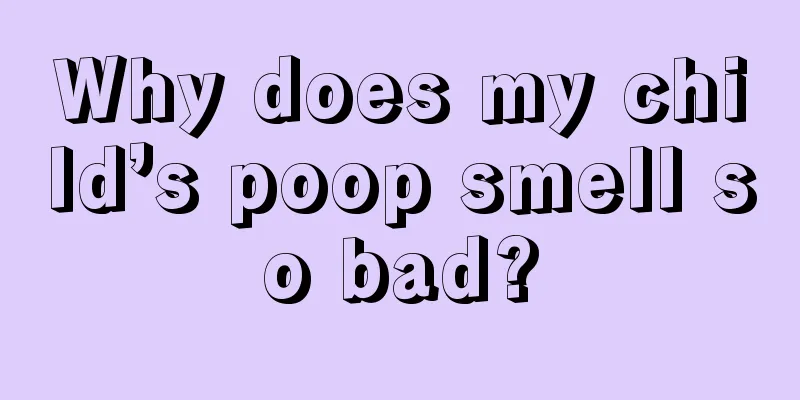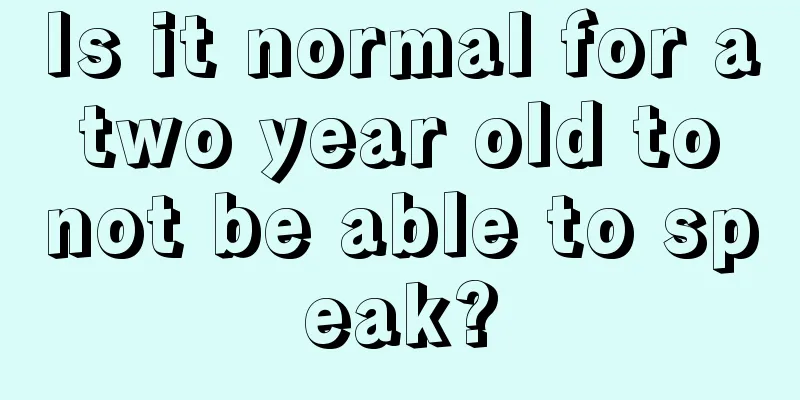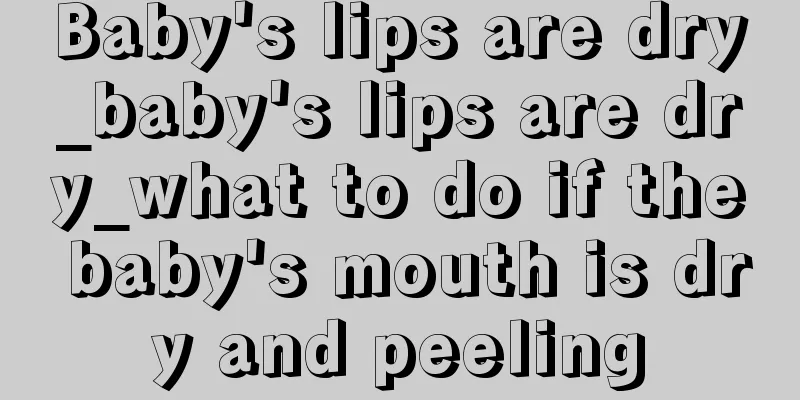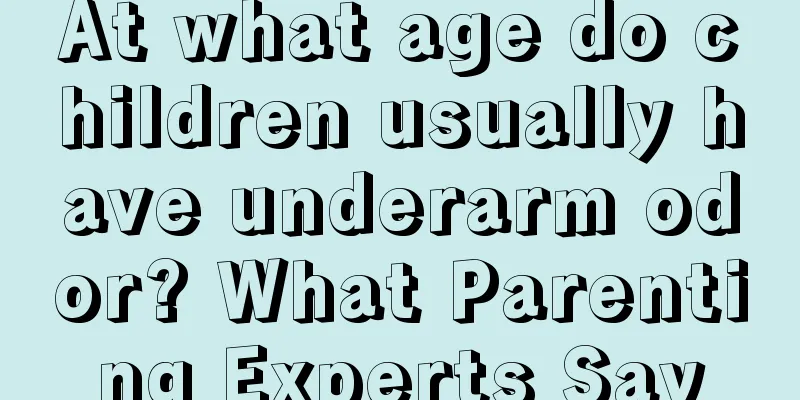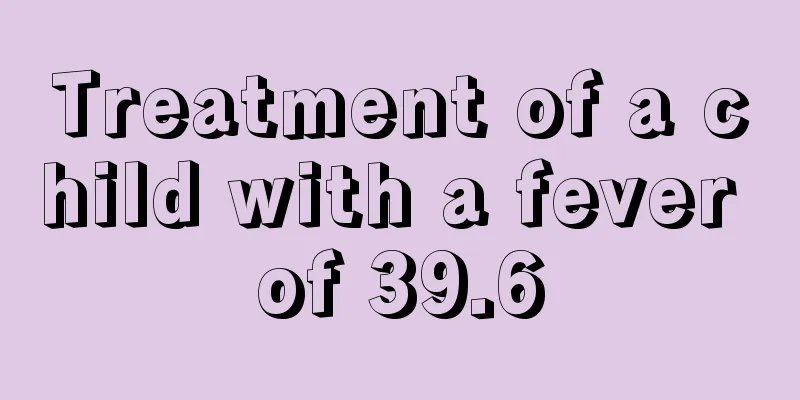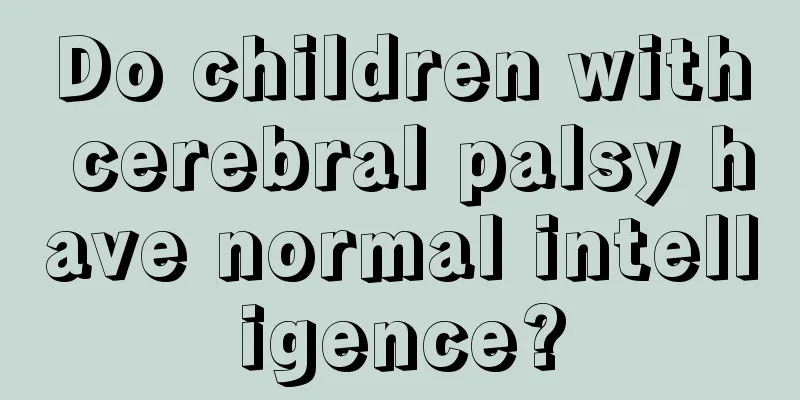Is a child's cough with echo a symptom of pneumonia?
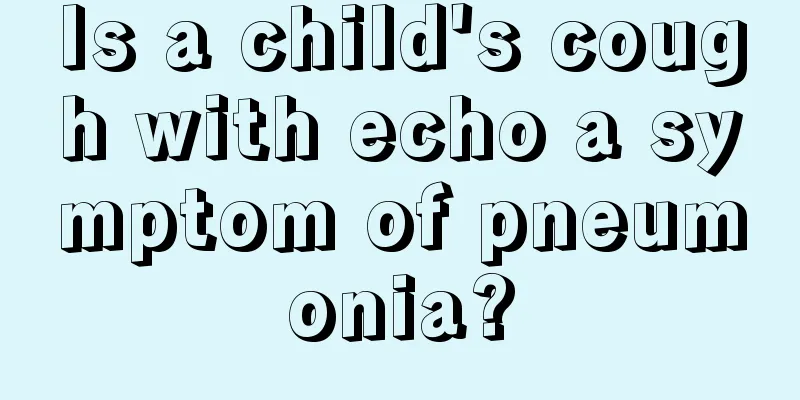
|
Infants and young children are prone to pneumonia, which is a disease that is quite harmful to children. Colds and chills may lead to pneumonia. When children have pneumonia, they will have cough, fever, lung rales and other symptoms. At this time, they should receive timely and good treatment and be given some high-protein and high-nutrition foods. Let's take a look at this aspect.
Fever: Children with pneumonia usually have fever symptoms, with body temperature above 38°C, which lasts for two or three days. Antipyretics can only temporarily lower the body temperature for a while, but it will rise again soon. Although children may have fever when they have a cold, the temperature is mostly below 38°C and lasts for a short time, so the effect of antipyretics is more obvious. Coughing and breathing: To determine whether the child has pneumonia, we need to see whether the child has coughing, wheezing, and difficulty breathing. Coughing and wheezing caused by colds and bronchitis are mostly paroxysmal and generally do not cause difficulty breathing. If the cough and wheezing are severe, the respiratory rate increases when at rest (i.e., infants under 2 months old breathe ≥ 60 times/minute; infants 2-12 months old breathe ≥ 50 times/minute; children 1-5 years old breathe ≥ 40 times/minute), the nostrils on both sides open one after another, and the lips turn blue or purple, once the above symptoms appear, it indicates that the condition is serious and should not be delayed. Mental state: In order to detect pneumonia in children in time, careful mothers should also pay attention to their children's mental state. If a child is in good spirits, playful and cheerful while having a fever, cough and wheezing, it indicates that the possibility of him having pneumonia is very small. On the contrary, if the child is in a poor mental state, has blue lips, is irritable, crying or drowsy, has convulsions, and a few children may even have delirium, it means that the child is more seriously ill and is more likely to have pneumonia. In the early stages of pneumonia, a child may not show any obvious changes in spirit, or may be in a poor mental state.Appetite: Appetite will decrease significantly when suffering from pneumonia. Children with pneumonia may not eat or may cry and become restless when feeding. Chest: Because children's chest walls are thin, bubbling sounds can sometimes be heard without a stethoscope, so careful parents can listen to their children's chest when they are quiet or asleep. When listening to a child's chest, the room temperature must be above 18°C, take off the child's shirt, gently place your ears against the chest wall on both sides of the child's spine, and listen carefully. Children with pneumonia may hear "gurgling" sounds when inhaling, which doctors call fine bubbling sounds, and are an important sign of lung inflammation.In short, children’s body resistance and immunity are not as good as those of adults, and they need more care and love from their parents so that they can grow up healthily and happily. |
<<: What nuts are good for children?
>>: What to do if your child has hereditary white hair
Recommend
What to do if your baby gets angry after taking calcium supplements
Many parents like to give their babies calcium su...
What should I do if my child gets a bump on his head after falling?
After children learn to walk, they often play and...
What to do if baby's milk supply decreases in summer
In the summer, due to the extremely hot and dry w...
What to do if your baby has urticaria
The baby's skin is very delicate during the d...
Newborns have coffee spots on their faces. What you need to know about coffee spots
Café au lait spots are a type of spot caused by g...
How to treat a baby coughing while sleeping?
Some babies cough while they sleep. This is the o...
What disease is it that causes pimples all over a child’s body?
If a disease has systemic symptoms, it is general...
How to quickly whiten a tanned child?
Many families are worried that their children wil...
How to treat baby's daytime cough
We all know that there have been babies coughing ...
At what month do babies start teething?
Growth is a slow process. If problems are discove...
What to do if a hernia recurs after surgery in children
Today's society advocates eugenics and good p...
What to do if your child is a picky eater
The problem of children being picky about food is...
What causes sleepiness in teenagers?
With the importance and popularity of academic qu...
What are the height-increasing drugs for children?
Height is now very important for both men and wom...
What are the symptoms of ADHD in three-year-old children?
Children are always the group that parents care a...
